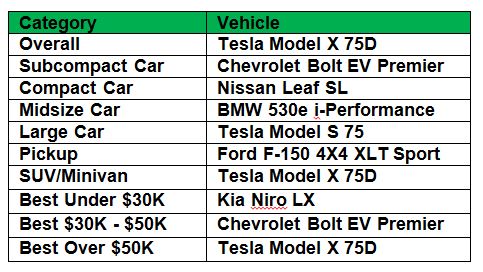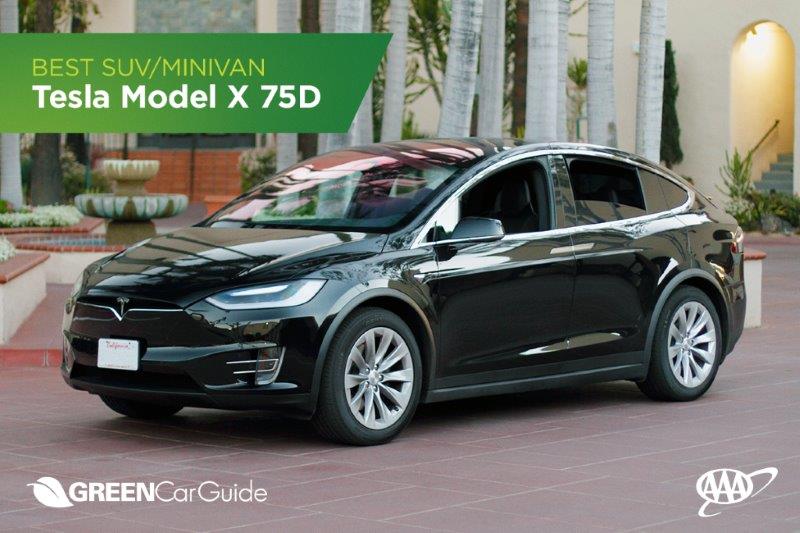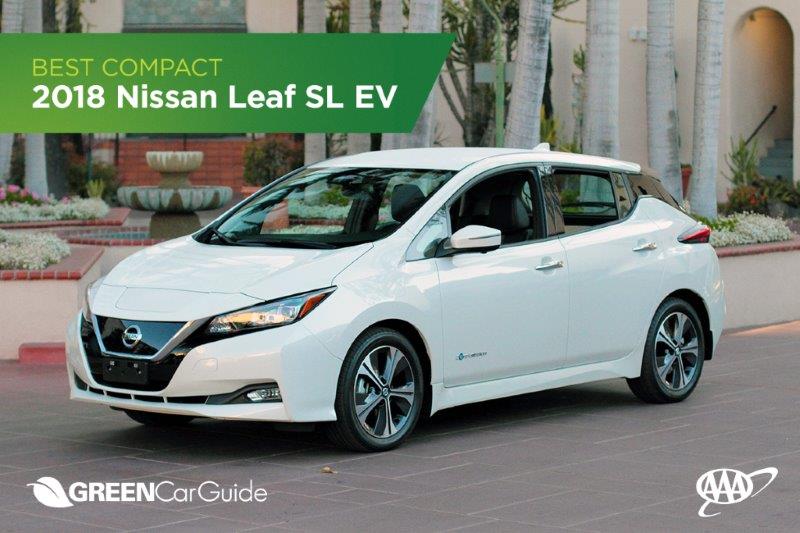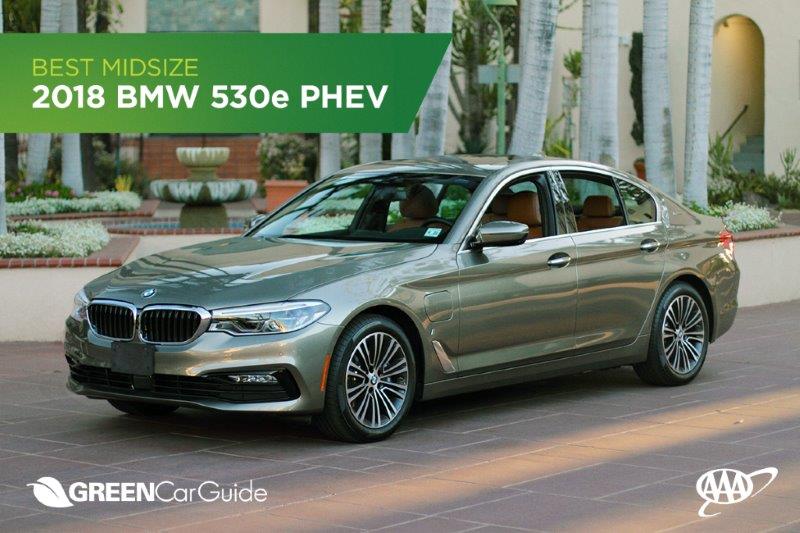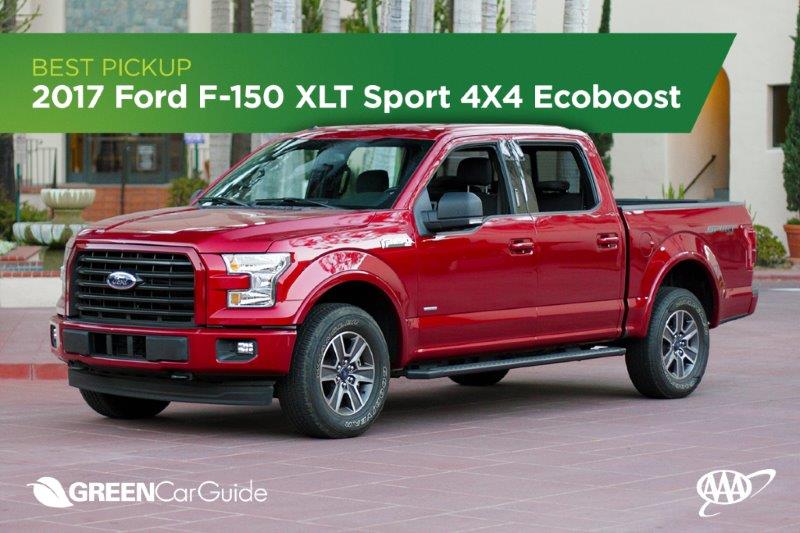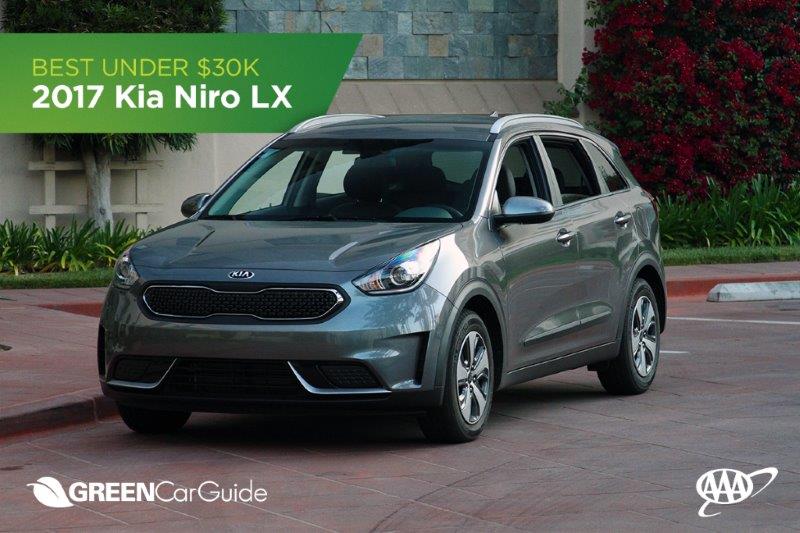Tesla Model X 75 D tops AAA’s annual list of top picks for electric, hybrid and fuel-efficient vehicles
PORTLAND, Ore., – More Americans want electric vehicles. A new AAA survey shows that 20 percent or 50 million Americans will likely go electric for their next vehicle purchase, up from 15 percent in 2017. With lower-than-average ownership costs, increased driving ranges and the latest advanced safety features, AAA sees a strong future for electric vehicles. To help car shoppers make an informed choice, AAA conducts independent, rigorous test-track evaluations of plug-in hybrids, hybrid and fuel-efficient, gas-powered vehicles.
“Electric vehicles are becoming more popular,” says Marie Dodds, public affairs director for AAA Oregon/Idaho. “While buying a vehicle that’s more environmentally friendly is still a major motivator, AAA also finds that U.S. drivers like the lower long-term costs and advanced technology features offered by many EVs.”
Each year, AAA evaluates the best “green” cars. The Automobile Club of Southern California’s Automotive Research Center conducts extensive and thorough testing of high fuel efficiency, hybrid, plug-in hybrid and electric vehicles each year, and assigns ratings based on criteria important to buyers such as ride quality, safety and performance.
Here are the winners for 2018. Winners, detailed evaluation criteria, vehicle reviews and an in-depth analysis of the green vehicle industry can be found at AAA.com/greencar. Find B-roll video here (password: 2018greencar).
The Model X 75D is our top-scoring green vehicle for the second year in a row. Part of the Model X’s appeal is its “wow” factor: falcon-wing rear doors that draw a crowd every time they open, a huge windshield that arcs into the roof, air suspension, a 17-inch display screen that houses vehicle controls, an excellent entertainment system with an Internet connection, and Tesla’s Enhanced Autopilot feature, which enables the Model X to match its speed to traffic conditions, stay within a lane, change lanes without driver input, and self-park. The Model X 75D starts at $65,300.
The Chevrolet Bolt EV Premier is the top-scoring subcompact car. The Bolt, introduced for model year 2017, is a game-changer among EVs. With a base price of about $37,500 before tax credits, the Bolt boasts an EPA-estimated 238-mile range from its 60-kWh battery, the first EV in its price range to surpass the 200-mile range. On the outside, the Bolt looks like a typical subcompact hatchback: nothing special. Handling and ride quality, though, are the Bolt’s forte: The throttle is responsive, and the Bolt accelerates quickly and smoothly (0 – 60 mph in under 7 seconds).
The Nissan Leaf is the top-scoring compact car. Introduced in 2010, the Leaf underwent a major redesign for 2018. And despite competition from recently released EVs, the new Leaf stays near the top of the heap. The exterior and interior styling are now more mainstream and “normal” looking. The cabin is a bit larger, with good headroom in the front. The Leaf is powered by a 147-hp electric motor and a 40-kWh lithium-ion battery, providing an EPA-estimated all-electric range of 151 miles – better than any EV except for Tesla vehicles and the Chevy Bolt. The time for a full recharge is about 7.5 hours at 240 volts.
The 2018 BMW 530e i-Performance is the top-scoring midsize vehicle. BMW arrived a little late to the vehicle-electrification party, relying until recently on diesels for high fuel-efficiency numbers. But with the 2018 530e, BMW makes one of its first mainstream attempts at plug-in hybrid power – with mixed results. The 530e’s drivetrain consists of a 2.0-liter turbocharged 4-cylinder engine (180 hp), an 8-speed automatic transmission, a 111-hp electric motor, and a 9.2-kWh battery pack. Total power output is 248 hp. The 530i’s battery pack can be fully recharged in less than three hours; its all-electric range is about 16 miles. Interestingly, the 530e’s base price is exactly the same as the conventional 530i’s.
The Tesla Model S is the top-scoring large vehicle. Released for model year 2012, the Model S still impresses with its sleek styling, blazing acceleration, sporty handling, and an air of sophistication. Inside, a massive 17-inch center display handles navigation, audio, vehicle settings, and internet browsing. Dynamically, the Model S is superb, with quick, smooth acceleration and sporty handling. The ride is comfortably firm, but rough road surfaces are transmitted through the chassis and the steering column. There’s quite a bit of regenerative braking effect, but it’s something you easily get accustomed to, and it does save a lot of braking effort. If you live near a Tesla supercharger station, you’ll be able to obtain a full charge’s worth (about 240 miles) of electricity in about an hour. The Model S 75’s EPA-estimated fuel economy is 98 MPGe in combined city/highway driving, and comes with a long list of advanced safety and autonomous driving features.
The top-scoring pickup is the 2017 Ford F-150 XLT Sport 4X4. The Ford F-150 is perennially the best-selling vehicle in America, with about 800,000 units sold annually in recent years. Overall, the gas-powered F-150 impresses with its comfort and power. The front seats are very comfortable and have a great deal of headroom. The full-size doors and grab handles make it easy to get into the upright rear seats, which are comfortable for three people and also have plenty of headroom. In general, the interior is handsome, with the exception of some cheap, hard plastics atop the dash and on the doors. Our test truck was equipped with a turbocharged 3.5-liter V6 engine that produces 375 hp and 470 lb-ft of torque – good for plenty of power. It’s paired with a 10-speed automatic transmission. The stop-start system didn’t engage smoothly, and the ride quality was firm and on the bumpy side. The F-150’s steering is too light and unresponsive, although the handling was acceptable for the size of the vehicle. The EPA-estimated fuel economy for our AWD test vehicle is 17 mpg city/23 mpg highway/20 mpg combined.
The best green car under $30,000 is the 2017 Kia Niro LX. The Niro, Kia’s first dedicated hybrid, claims to combine the best of both worlds—a crossover vehicle and hybrid power. At least one of those statements is true: As a hybrid, it delivers an EPA-estimated 50 mpg in combined city/highway driving. But the Niro looks and feels more like a hatchback or wagon than a crossover: Its ground clearance isn’t elevated and AWD is unavailable.The Niro’s powertrain consists of a 1.6-liter 4-cylinder (104 hp), a 43-hp electric motor, a 1.56-kWh lithium-ion battery, and a 6-speed hybrid transmission. Total power output is 139 hp, which provides decent acceleration off the line for this relatively light (3,100 pound) car. The Niro’s price is also attractive: an MSRP of around $24,000 for the base model.
“If you’re shopping for an electric vehicle, hybrid or plug-in hybrid, or a fuel-efficient gas-or diesel-powered vehicle, it’s easy to get confused by all of the features. The AAA green car evaluations are designed to help drivers select a safe, comfortable and reliable vehicle,” adds Dodds.
The AAA survey finds that “range anxiety” is beginning to ease. Among those unsure or unwilling to choose an electric vehicle for their next car, 63 percent (down 9 percent from 2017) cited not enough places to charge as a detractor while 58 percent (down 15 percent from 2017) expressed concern over running out of charge while driving. Not surprisingly, range anxiety is less of a concern for millennials (48 percent) than Generation X or Baby Boomers (64 percent and 66 percent, respectively).
While range is important to most (87 percent) electric and hybrid vehicle shoppers, it is not the only consideration. Here are other findings from the AAA survey:
- Reliability is huge with nine-in-ten (92 percent) of those likely to by an electric or hybrid vehicle stating it is important when evaluating which car to buy.
- Electric and hybrid car shoppers are also prioritizing crash ratings (77 percent),
- Nearly three-quarters say cost of the vehicle is important (71 percent),
- Acceleration and handling (69 percent)
- Advanced safety technology such as automatic emergency braking and lane keeping assistance (60 percent).
- Fewer drivers are concerned with style, color, or design of the vehicle (34 percent) or brand of the vehicle (33 percent).
Although Americans may be more eager to buy an electric vehicle, having the right infrastructure will be critical to its widespread adoption. In 2018, the availability of charging stations had grown to more than 16,000 in the United States. Drivers can find the closest EV charging station by using the AAA mobile app.
AAA Oregon also offers mobile electric vehicle charging. AAA members whose EVs run out of charge can simply call AAA for service. The mobile charging truck can provide DC Fast Charging and Level 2 AC Quick Charging to electric vehicles, providing at least 10 miles of range in about 15 minutes of charging so the depleted vehicle can be driven to a charging station.
Even though anxiety over range has reduced, AAA’s survey found consumer expectation for charging time while on the road may not align with reality. Seven-in-ten (68 percent) Americans feel that while out driving, a charging time of no more than 30 minutes is a reasonable amount of time to wait. However, some EVs can take several hours to charge.
AAA news releases, high resolution images, broadcast-quality video, fact sheets and podcasts are available on the AAA NewsRoom at NewsRoom.AAA.com.


